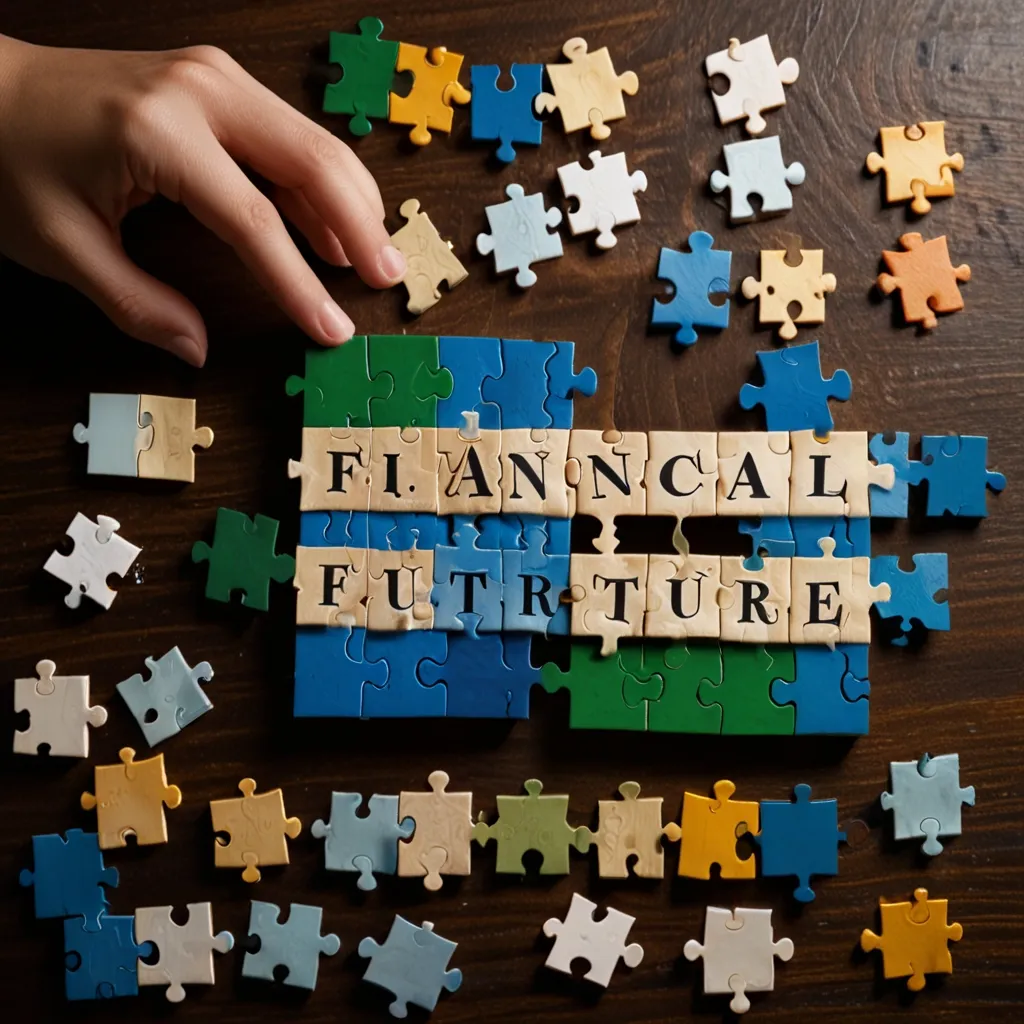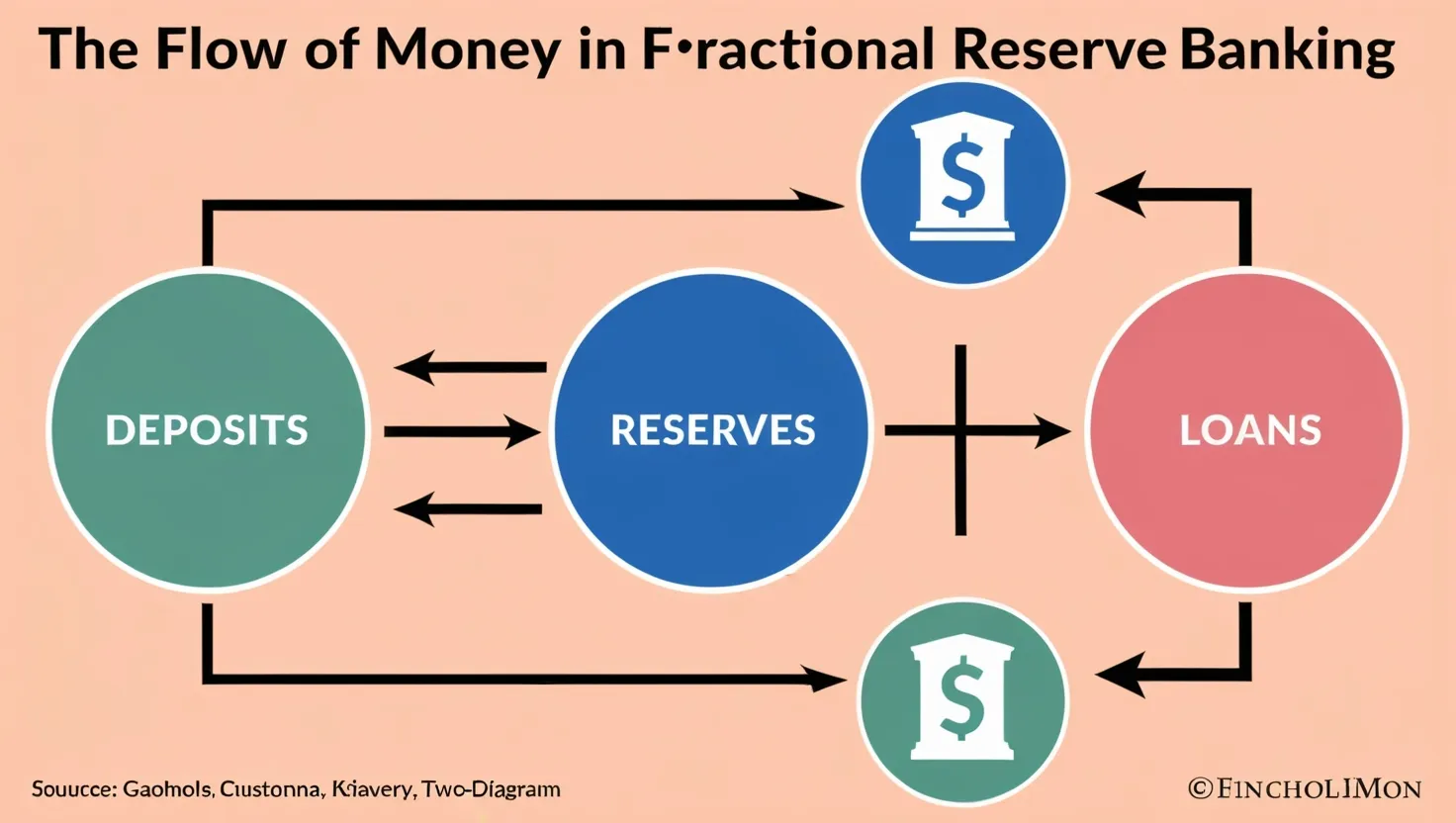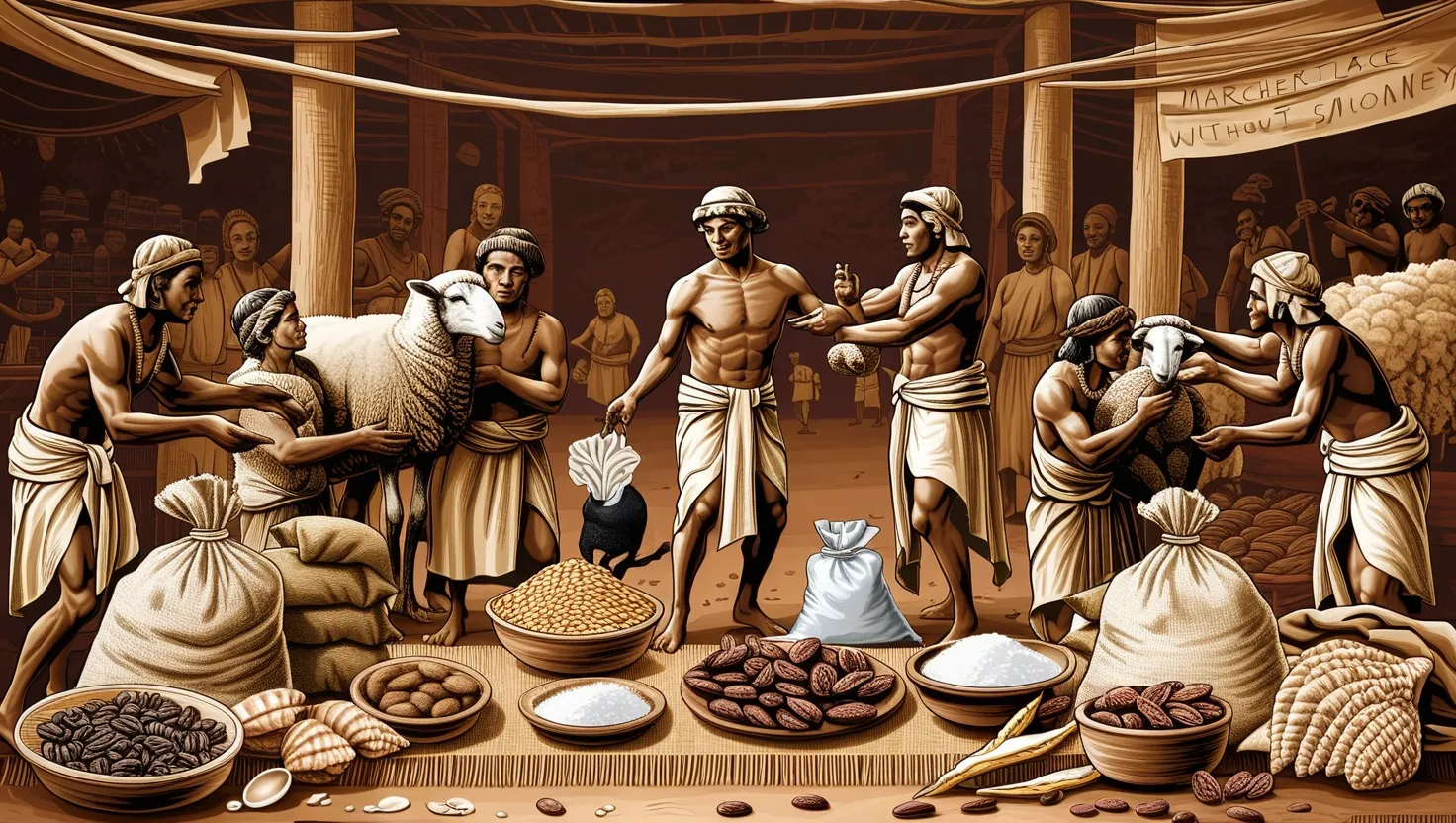Insurance, at its heart, is a story about how humans learned to cope with the uncertainty that comes with simply existing. Imagine life thousands of years ago, merchants in ancient Babylon facing treacherous river journeys, or Chinese traders splitting their goods across many boats, quietly inventing ways to offset disaster. What drove them? An understanding—sometimes subconscious, sometimes practical—that sharing risk could mean survival, not just for the individual, but for the whole community.
“I am prepared for the worst, but hope for the best.” – Benjamin Disraeli
Ancient contracts, like bottomry agreements in Babylon, were bold in their simplicity: a loan for a voyage would be repaid only if the cargo made it safely. The beginnings of what we now call fire, life, health, travel, and cyber insurance were being penned on clay tablets in markets and harbors. Isn’t it remarkable that these same fundamental principles—sharing, pooling, and pricing risk—are the backbone of our multi-trillion-dollar global industry today?
Fast forward to medieval Europe. Guilds weren’t just about drinking ale and singing songs; they were risk-sharing collectives. If a member lost his shop to fire or theft, the guild would help rebuild, providing a financial safety net that enabled craftsmen and traders to take risks, innovate, and grow markets. There’s a big lesson here: societies tend to thrive more if people aren’t paralyzed by fear.
Ships, storms, and the coffee house setting of Edward Lloyd’s London—can you picture the clatter and bustle? Traders meeting there, gossiping about the latest shipwrecks and pirates, began pooling their money and information. This created a new marketplace for measuring and dividing risks, where syndicates of people, guided by gossip and hard-won shipping records, decided who would shoulder the next big loss. Lloyd’s ultimately became a model for transparency and the specialization we see now in insurance markets.
“Ships are but boards, sailors but men; there be land-rats and water-rats, water-thieves and land-thieves—then there is the peril of waters, winds and rocks.”—Shakespeare, The Merchant of Venice
What changed everything was mathematics. Death once seemed a capricious visitor. But Edmond Halley’s life tables, using records from the city of Breslau, introduced a way for insurers to calculate odds, set premiums fairly, and guarantee payouts. Suddenly, the risk of living too long or dying too young could be planned for and—within limits—priced. This was more than just financial cleverness. It liberated people to build, invent, and even dream bigger, knowing they could buffer some of life’s harshest blows.
Think about what happened next: as modern finance took shape, insurance started creating something almost magical—patient, long-term money. Insurers, flush with collected premiums, became major investors in the infrastructure boom, from railroads to bridges to entire new cities. The idea that insurance simply “pays out when things go wrong” misses this transformative power. It’s worth pausing to ask: How much progress would have stalled if nobody could borrow, expand, or take a calculated leap into the unknown?
But it hasn’t all been smooth sailing. History shows us that every major disaster forces the industry to adapt. The San Francisco earthquake of 1906 decimated local companies, which couldn’t pay for gigantic rebuilding costs. This led to global reinsurance—essentially insurance for insurers—so that no single catastrophe could take down a whole system. The lessons are ongoing: insurance isn’t about avoiding loss, but preparing to recover, and that requires thinking on a planet-sized scale.
“The ultimate measure of a man is not where he stands in moments of comfort, but where he stands at times of challenge and controversy.”—Martin Luther King Jr.
Many are surprised to learn how insurance has fueled social progress. Building codes and fire alarms? Prompted by insurance surveys and the need to reduce claims. Universal healthcare? Emerged when insurers and governments started pooling not just risk, but the resources needed to keep entire populations healthy and productive. It’s even shaped how we view fairness—debates about who should pay for what, how much, and under what conditions.
Of course, with every new human endeavor comes a new risk. The digital age has handed us cybercrime, a realm where criminals can invent entirely new forms of trouble overnight. How do you price protection against events with almost no historical data—like a global ransomware attack? Environmental risk raises similar headaches. When a single hurricane can trigger claims across half a country, traditional prediction models break down. Insurance, then, becomes a testing ground for some of our most urgent contemporary challenges: climate, interconnectedness, and the balancing act between local and systemic shocks.
Pause for a moment and ask yourself: In a world of robots, genetic data, and blockchain, will the next revolution in insurance come from clever people with spreadsheets, or from the computers themselves? Already, wearable devices track our health, providing reams of new data to underwriters. In the near future, your insurance pricing may know more about your habits than your closest friend.
“If you don’t like what’s being said, change the conversation.”—Don Draper, Mad Men
But underpinning all this is a trio of timeless dilemmas. How do we avoid moral hazard—where people take extra risks because they’re insured? How do we handle adverse selection—where only those most likely to claim buy coverage? And how do we dodge the peril of concentrating too much risk in one place, threatening entire markets? These are the boundaries that fence in modern policy design, and clever companies don’t just juggle probabilities, they nudge behavior, reward prudence, and sharpen incentives for prevention.
Let’s bring this closer to home. On a personal or business level, insurance doesn’t just exist to bail us out. It shapes our thinking: What risks would you gladly keep? When does it make sense to self-insure, building your own reserve for bumps in the road, and when do you want to offload a threat that could sink the ship? Major firms now routinely analyze their portfolio of risks, using captives to handle predictable losses and buying specific insurance only for the catastrophic or truly rare. Another twist—parametric policies—pays out automatically when a trigger hits, like rainfall passing a threshold, no paperwork needed. Imagine the relief for a farmer, waiting on a drought payment, to see it land instantly rather than after months of wrangling.
Even as society and technology race forward, the basic math and psychology of risk remain steady. Risk, after all, is inseparable from progress. Every bold decision—starting a business, building a house, traveling to a new city—involves chances taken. Insurance simply distributes those chances so nobody is destroyed by a single bolt of fate.
Ask yourself: How would your ambitions, your investments, your daily choices change if insurance didn’t exist? Would we build skyscrapers, launch satellites, or even form families as boldly if we couldn’t manage disaster’s financial impact with remarkable precision?
“To insure is to protect and indemnify; to assure is to cheer and encourage.”—Samuel Johnson
With new tools and data, the industry is now looking at ways not just to cover loss, but to prevent it. Telematics for cars, smart home sensors, health incentives—these are not just about stopping fraud or cutting payouts, but about making life safer and more predictable. Oddly, that brings us full circle, back to the original guilds and merchants: the more we communicate, the more we understand, and the more efficiently we can share the burdens of risk.
Standing here, with history behind us and uncertainty ahead, it becomes clear that insurance’s greatest innovation isn’t just in pooling risk. It’s in how it enables dreams to be funded, plans to be realized, and ordinary people to take part in a global project of managing risk together. This—more than the technical jargon or global capital flows—is the real transformation that shaped the world we know. And it all starts with a deceptively simple idea: the belief that together, we can take on what none of us could face alone.






